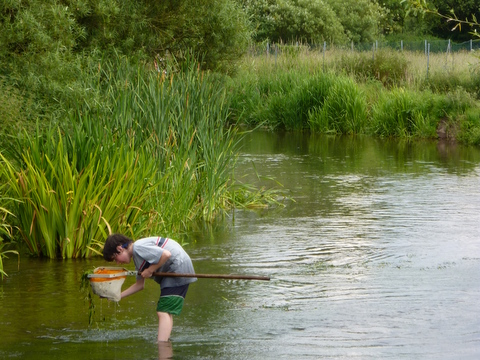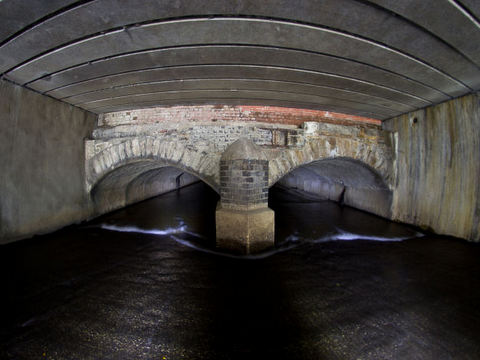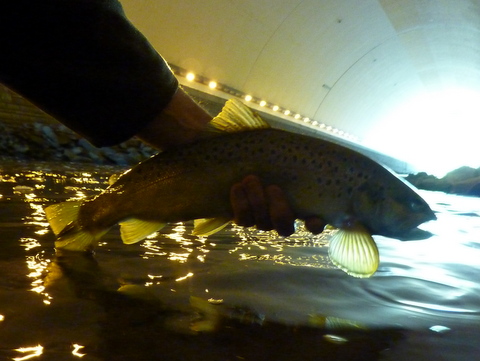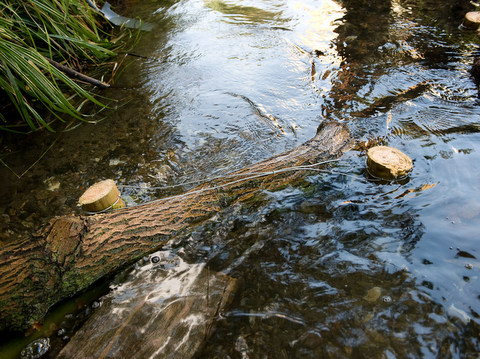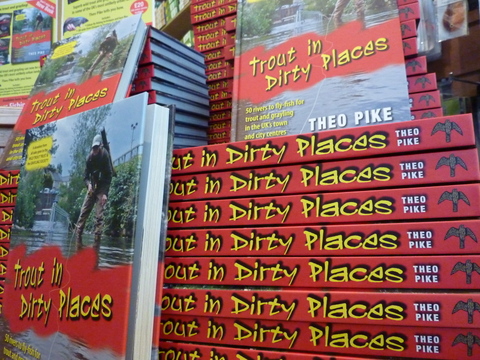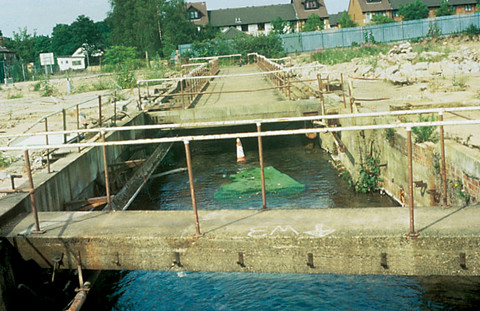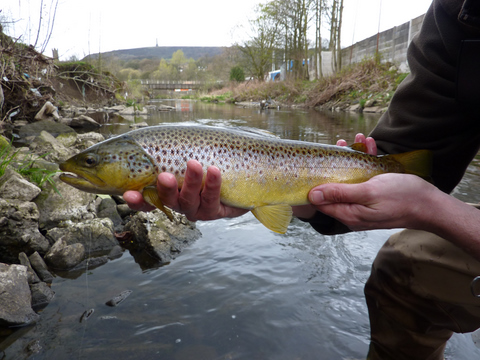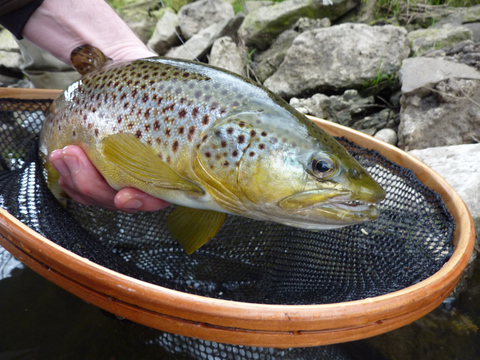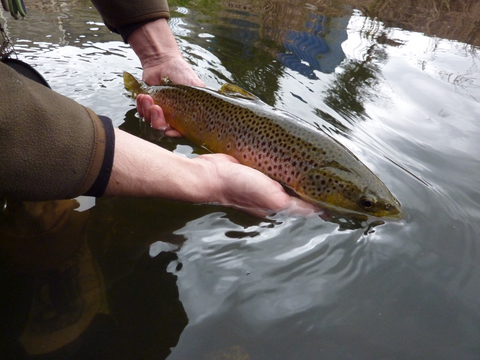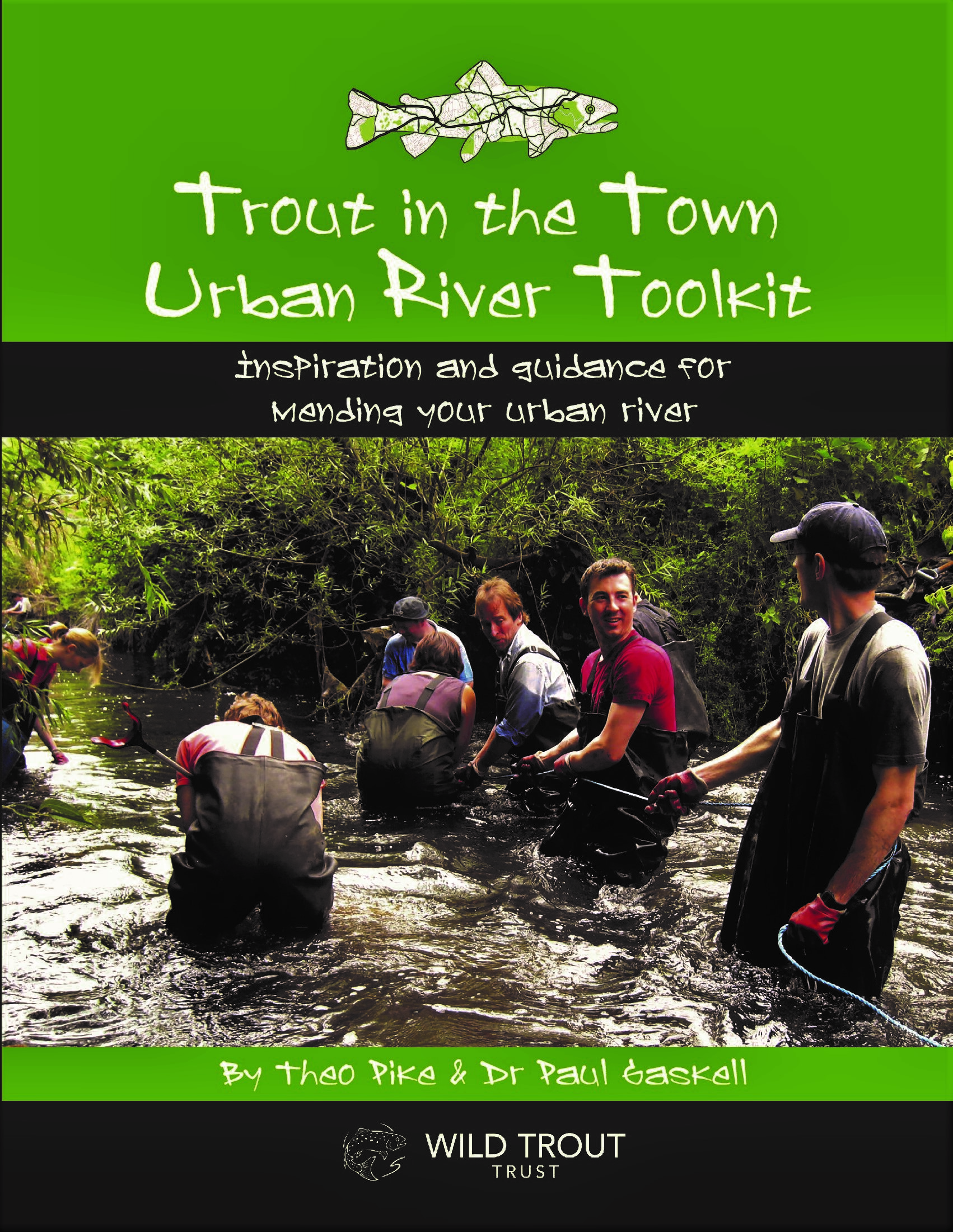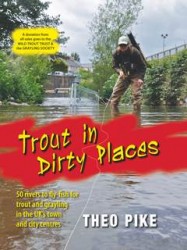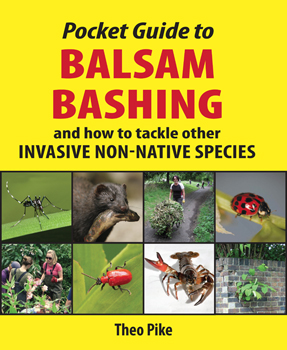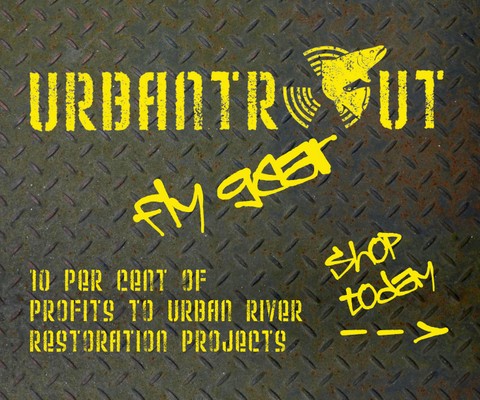Great news this morning from the River Chess in north west London, where Thames Water have just doubled the stormwater storage capacity of their Chesham sewage treatment works.
The River Chess Association was formed in 2009 in direct response to local concerns about “black water” discharges from these works, whose headwater location often contributes more than 75% of the river’s total flow. Huge efforts have been made to create a strong working relationship with the water company, and RCA chairman Paul Jennings is overjoyed at this latest success (which couldn’t come at a better time, given the succession of autumnal-type low-pressure systems currently tracking across Britain, dumping inches of runoff into antiquated combined sewage and stormwater systems everywhere).
“Since we introduced a text warning system for the works, more than a year ago, there hasn’t been a single sewage overflow incident,” Paul tells me, “and this extra capacity will greatly reduce the risk of future discharges. It’s also particularly important at times like this when the Chess is suffering like many other London chalkstreams from low flows and a shortage of water in its aquifer. We’ll continue to work with Thames Water on water quality issues, and like the river restoration work we’re proposing for the Chess further downstream in Rickmansworth, it’s one step at a time. But this is a really important one!”
